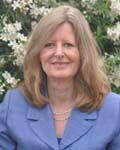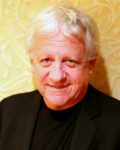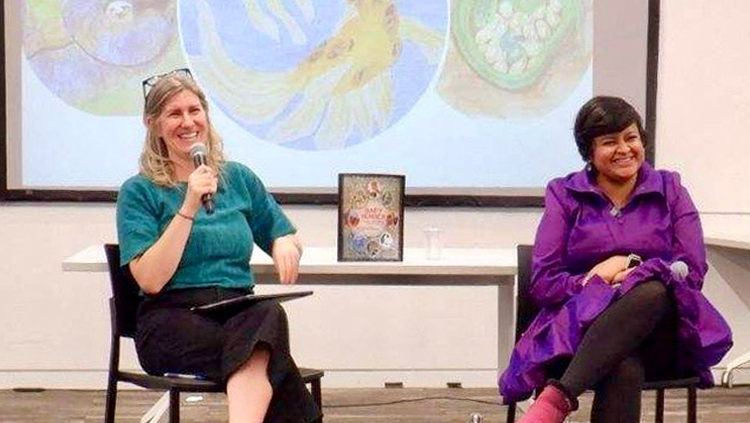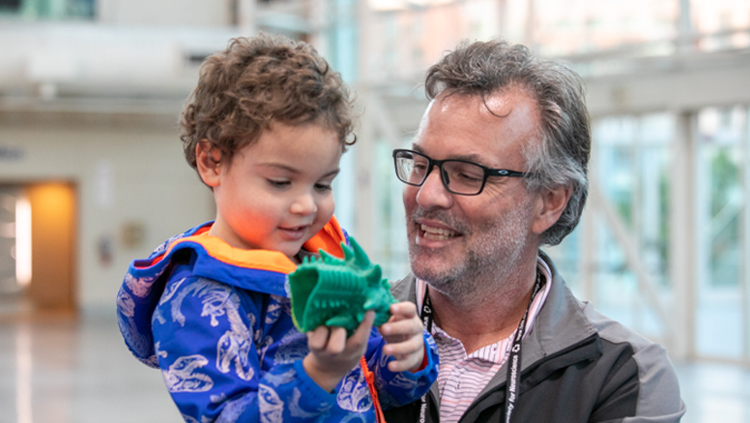A panel of experienced science communicators discuss strategies researchers can utilize to communicate their work with lay audiences. Presenters talk specifically about public speaking, delivering science presentations, and using social media.
For more about communicating science, check out Talking With Nonscientists? Tips for Any Situation or this summary of Jane Nevins' presentation, Writing for Lay Readers.
Speakers

Elaine Snell
Elaine Snell is the founder of Snell Communications, established in 1996. She has assisted academic, research, and charitable organizations communicate science including FENS, IBRO, the European Dana Alliance for the Brain, the Wellcome Trust and many others. Snell was also chief executive of the British Neuroscience Association.

Tiffany Lohwater
Tiffany Lohwater is the chief communications officer and director of the office of public programs at the American Association for the Advancement of Science (AAAS). A science communications professional, she is responsible for media relations and strategic communication for the world’s largest general scientific society and the Science family of journals. She founded the AAAS Communicating Science workshop program and the AAAS Center for Public Engagement with Science and Technology. Prior to joining AAAS, she worked in research communications at Johns Hopkins University and Rensselaer Polytechnic Institute.

Jane Nevins
Jane Nevins is an editor-in-chief emerita of Dana Press. She began her career as a newspaper and magazine writer and editor before she began working with the Dana Foundation bridging the gap between the science perspective and what readers want to know. She wrote the book “You’ve Got Some Explaining To Do: Advice for Neuroscientists Writing for Lay Readers.”

Stuart Firestein, PhD
Stuart Firestein is the chair of the department of biological sciences and a professor at Columbia University. He studies the vertebrate olfactory system using patch clamp and field potential recording techniques, as well as molecular and immunohistochemical techniques. He also participates in nonscientific writing, public speaking, and supports science in the arts.
4 of 5 articles left
Login
or
Become a Member
to unlock content





